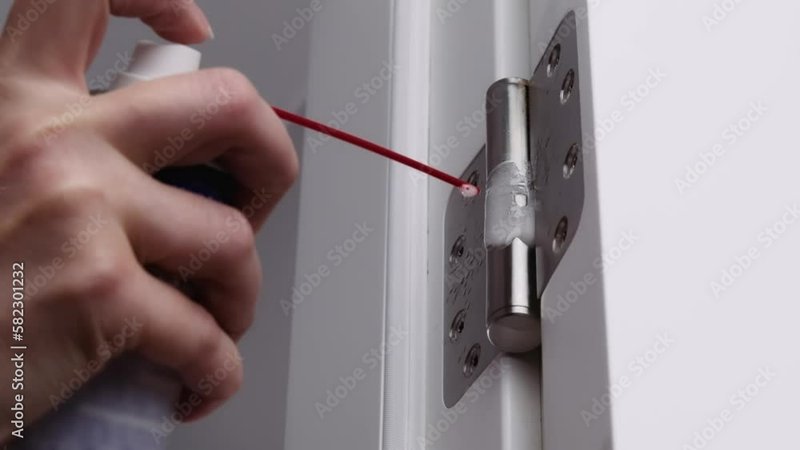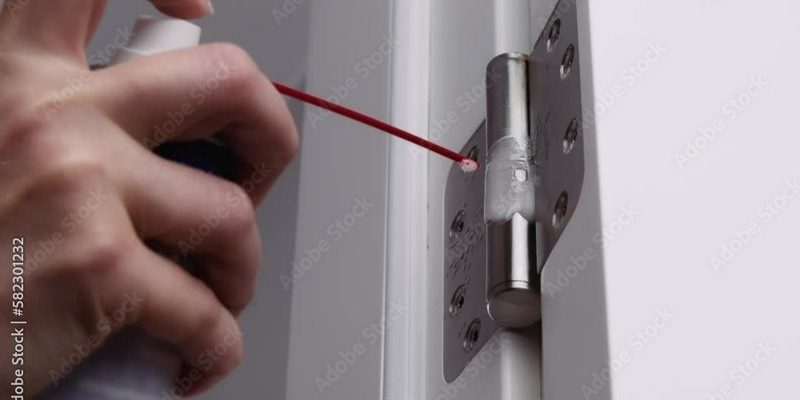
Let’s dig into the world of door hinges and troubleshooting. Whether you’re dealing with a squeaky front door, a stubborn bathroom door, or a heavy-duty garage door, these tips will help you understand the mechanics behind it. Think of it as learning the difference between a quick fix and a permanent solution. So, grab a cup of coffee, and let’s chat about how to get that door moving smoothly again.
Understanding Door Hinges: The Basics
Before we jump into troubleshooting, let’s make sure we’re on the same page about what a door hinge actually does. A door hinge is a type of fastener that allows a door to swing open and closed. Imagine it as a pivot point, much like a seesaw on a playground. Without it, the door wouldn’t be able to move—kind of like trying to push a car without wheels!
Hinges come in various types, like butt hinges, continuous hinges, and even concealed hinges. Each type serves a specific purpose and can impact how smoothly a door operates. A butt hinge, for example, is most common in residential doors. It’s typically mounted on the edge of the door and can handle decent weight. However, even the best hinges can develop problems over time.
If your hinge feels stiff after you’ve applied lubricant, it might be a sign that something else is going on. Let’s explore some possible causes making your door hinge feel like it’s in a wrestling match with its frame.
Why Does Lubrication Sometimes Fail?
Okay, so you’ve applied some lubricant—probably a spray or oil—and yet the hinge still feels stiff. You might be wondering why this is happening. Here’s the thing: over time, dirt and grime can accumulate in the hinge, creating a sticky mess that lubrication alone can’t solve. It’s like trying to clean a muddy dish with just water—sometimes you need a little elbow grease!
Also, the type of lubricant used matters. Not all lubricants are created equal. Some, like WD-40, are great for freeing up rusted parts but may not provide lasting protection against further buildup. On the other hand, heavier oils can sometimes cause a buildup that attracts more dirt.
To troubleshoot effectively, think about these questions:
– When was the last time you cleaned the hinge?
– What type of lubricant did you use?
– Have you noticed any rust or visible damage?
Let’s dive into how to tackle these issues instead of just masking them with more lubricant.
Cleaning the Hinge: The First Step in Troubleshooting
Cleaning your door hinge should be your first step if it feels stiff. Start by removing any visible dirt or debris. Use a cloth or brush to wipe down the hinge, ensuring you get into all the nooks and crannies. If there’s a lot of grime, a gentle cleaner can help break it down.
Here’s a simple step-by-step process:
- Remove the hinge pin: If it’s a removable hinge, take it out gently with a hammer and a flat tool.
- Clean the hinge: Use an old toothbrush or cloth with some cleaning solution to scrub the hinge.
- Rinse and dry: Wipe away any residue and make sure it’s completely dry before reapplying lubricant.
After cleaning, inspect the hinge for any signs of damage or rust. If you spot any, you may need to replace the hinge entirely. It’s like realizing your car needs a new tire instead of just a tune-up!
Choosing the Right Lubricant
Once your hinge is clean, the next step is selecting the right lubricant. Not all lubricants are suitable for every type of hinge. Here’s a quick rundown of options:
- Silicone spray: Great for long-lasting lubrication without attracting dirt.
- Graphite powder: Ideal for door locks and won’t gum up over time.
- Machine oil: Good for heavy-duty hinges but can attract dust if over-applied.
When applying lubricant, aim for a little goes a long way. Just a couple of drops in the right spots can do wonders. If you apply too much, it can lead to that sticky buildup we talked about earlier.
You might wonder: Why does the right lubricant matter so much? Well, the right choice can enhance performance, keep things moving smoothly, and even prolong the life of your hinges. Choosing wisely can save you from future headaches!
Inspecting for Damage or Wear
After cleaning and lubricating, the next step is to check for physical damage. Sometimes a hinge feels stiff because it’s simply worn out. Look closely for any of these signs:
- Rust: This can indicate that the hinge has deteriorated and needs replacing.
- Bends or breaks: Any deformities can cause misalignment.
- Loose screws: Sometimes, it’s just a matter of tightening things up!
If you find that the hinge is damaged, you might need to replace it. Hinges are generally affordable and relatively easy to install. If you’re comfortable with basic tools, you can tackle it on your own. But if the thought of removing and replacing hardware feels overwhelming, asking a friend or a handyman can be a good choice.
Re-aligning Your Door for Smooth Operation
A stiff hinge might also signal that your door is misaligned. You might notice gaps at the top or bottom of the door or that it rubs against the frame. To realign your door:
1. Check the hinges: Ensure all screws are tight.
2. Adjust hinges: Loosen the screws slightly, reposition the door, and retighten them.
3. Test the door: Open and close it a few times to see if it moves more smoothly.
Realigning can be a game-changer. Sometimes, it just takes a little adjustment to get everything back on track.
Preventing Future Stiffness Issues
So, how do you keep that door hinge from becoming a problem again? Here are a few prevention tips:
- Regular cleaning: Make it a habit to wipe down your hinges every few months.
- Regular lubrication: A quick spray every few months can help maintain smooth operation.
- Inspect regularly: Keep an eye out for rust or wear, especially in high-humidity areas.
By staying proactive, you can prevent those annoying stiffness problems from creeping back. Remember, regular maintenance is much easier than a full-blown repair!
Wrapping It Up: Getting Back to Swinging Doors
Dealing with a door hinge that feels stiff even after lubrication doesn’t have to be a hassle. With a little cleaning, the right lubricant, and a good inspection for damage, you can restore functionality to that door quickly. It’s all about understanding the mechanics and taking the right steps.
Don’t let a stubborn hinge stress you out. With these troubleshooting tips, you can ensure your doors swing open smoothly—or at least, more gracefully than before! Take the time to address any issues now, and you’ll save yourself from bigger headaches down the road. Happy troubleshooting!
